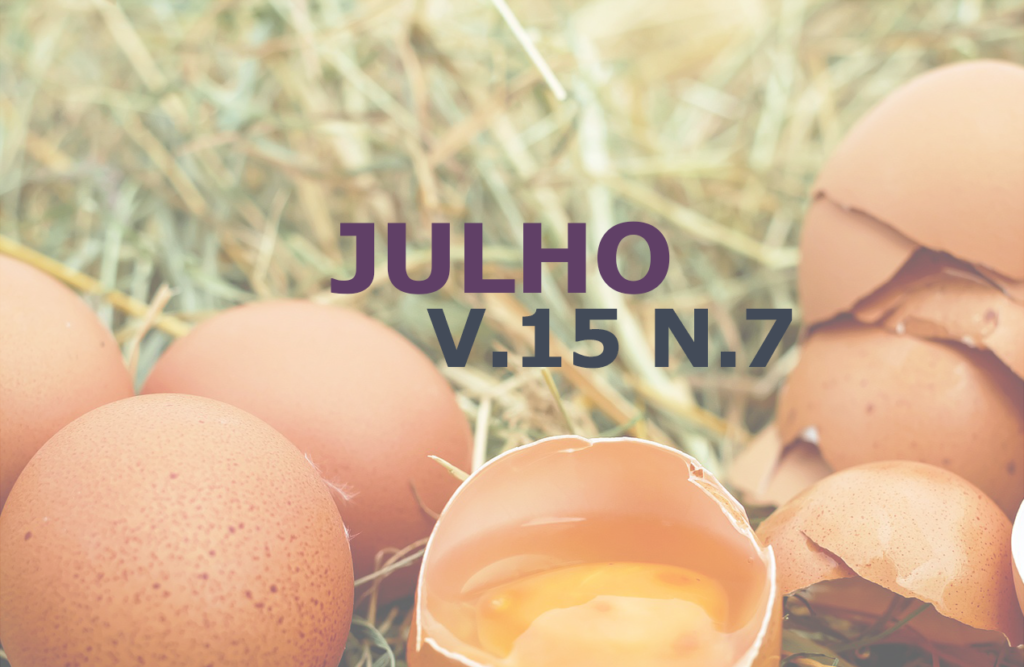Decision-making on prophylactic measures in animal breeding farms
DOI:
https://doi.org/10.31533/pubvet.v15n07a875.1-7Keywords:
Hygiene, prophylaxis, preventive managementAbstract
The performance of a production system constantly requires good sanitary practices, minimizing the risks of disease development in the herds, through preventive or curative prophylactic measures, as well as the adoption of hygiene measures. In this sense, an analytical-descriptive study was carried out on the actions taken by rural producers after participating in an international exhibition of animals, in the State of Rio Grande do Sul, in order to identify the prophylactic measures adopted when returning to the properties source. Semi-structured questionnaires were applied, in the form of interviews, to 13 rural producers, who work with different species and races, intentionally sampled and having as selection criteria the interest in participating in the research. The producers were asked about the management established in relation to the hygiene and prophylaxis measures with the animals participating in exhibitions and fairs, as well as on the incidence of diseases in the herd when returning to the production unit. Of the thirteen interviewees, three (23%) reported adopting differential management measures on the return of animals to property; the occurrence of diseases in the animals after the return to the UP, was reported in three UPs. The result found was significantly different from the expected one (P < 0.001), if not adopting adequate health management could culminate with an increase in the incidence of diseases Cheers. Although the low incidence of diseases in the herds is reported by the interviewees, hygiene and prophylaxis measures are essential tools for the prevention and control of communicable diseases.
Downloads
Published
Issue
Section
License
Copyright (c) 2021 Éverton Mrás da Paz, Felipe Anicet Bittencourt, Gabriela Maia de Azevedo, Verônica Schmidt

This work is licensed under a Creative Commons Attribution 4.0 International License.
Você tem o direito de:
Compartilhar — copiar e redistribuir o material em qualquer suporte ou formato
Adaptar — remixar, transformar, e criar a partir do material para qualquer fim, mesmo que comercial.
O licenciante não pode revogar estes direitos desde que você respeite os termos da licença. De acordo com os termos seguintes:
Atribuição
— Você deve dar o crédito apropriado, prover um link para a licença e indicar se mudanças foram feitas. Você deve fazê-lo em qualquer circunstância razoável, mas de nenhuma maneira que sugira que o licenciante apoia você ou o seu uso. Sem restrições adicionais
— Você não pode aplicar termos jurídicos ou medidas de caráter tecnológico que restrinjam legalmente outros de fazerem algo que a licença permita.





